
“Highly Opinionated Advice on How to Write ML Papers” by Neel Nanda
TL;DR
- The essence of an ideal paper is the narrative: a short, rigorous and evidence-based technical story you tell, with a takeaway the readers care about
- What? A narrative is fundamentally about a contribution to our body of knowledge: one to three specific novel claims that fit within a cohesive theme
- How? You need rigorous empirical evidence that convincingly supports your claims
- So what? Why should the reader care?
- What is the motivation, the problem you’re trying to solve, the way it all fits in the bigger picture?
- What is the impact? Why does your takeaway matter? The north star of a paper is ensuring the reader understands and remembers the narrative, and believes that the paper's evidence supports it
- The first step is to compress your research into these claims.
- The paper must clearly motivate these claims, explain them on an intuitive and technical level, and contextualise what's novel in [...]
---
Outline:
(00:10) TL;DR
(03:15) Introduction
(04:51) The Essence of a Paper
(05:40) Crafting a Narrative
(10:07) When to Start?
(11:41) Novelty
(17:26) Rigorous Supporting Evidence
(28:50) Paper Structure Summary
(32:30) Analysing My Grokking Work
(35:39) The Writing Process: Compress then Iteratively Expand
(37:09) Compress
(38:27) Iteratively Expand
(41:36) The Anatomy of a Paper
(41:48) Abstract
(45:03) Introduction
(47:49) Figures
(52:30) Main Body (Background, Methods and Results)
(54:51) Discussion
(56:00) Related Work
(57:24) Appendices
(58:35) Common Pitfalls and How to Avoid Them
(58:39) Obsessing Over Publishability
(01:00:29) Unnecessary Complexity and Verbosity
(01:01:41) Not Prioritizing the Writing Process
(01:02:28) Tacit Knowledge and Beyond
(01:03:53) Conclusion
The original text contained 13 footnotes which were omitted from this narration.
---
First published:
May 12th, 2025
---
Narrated by TYPE III AUDIO.
---
Images from the article:
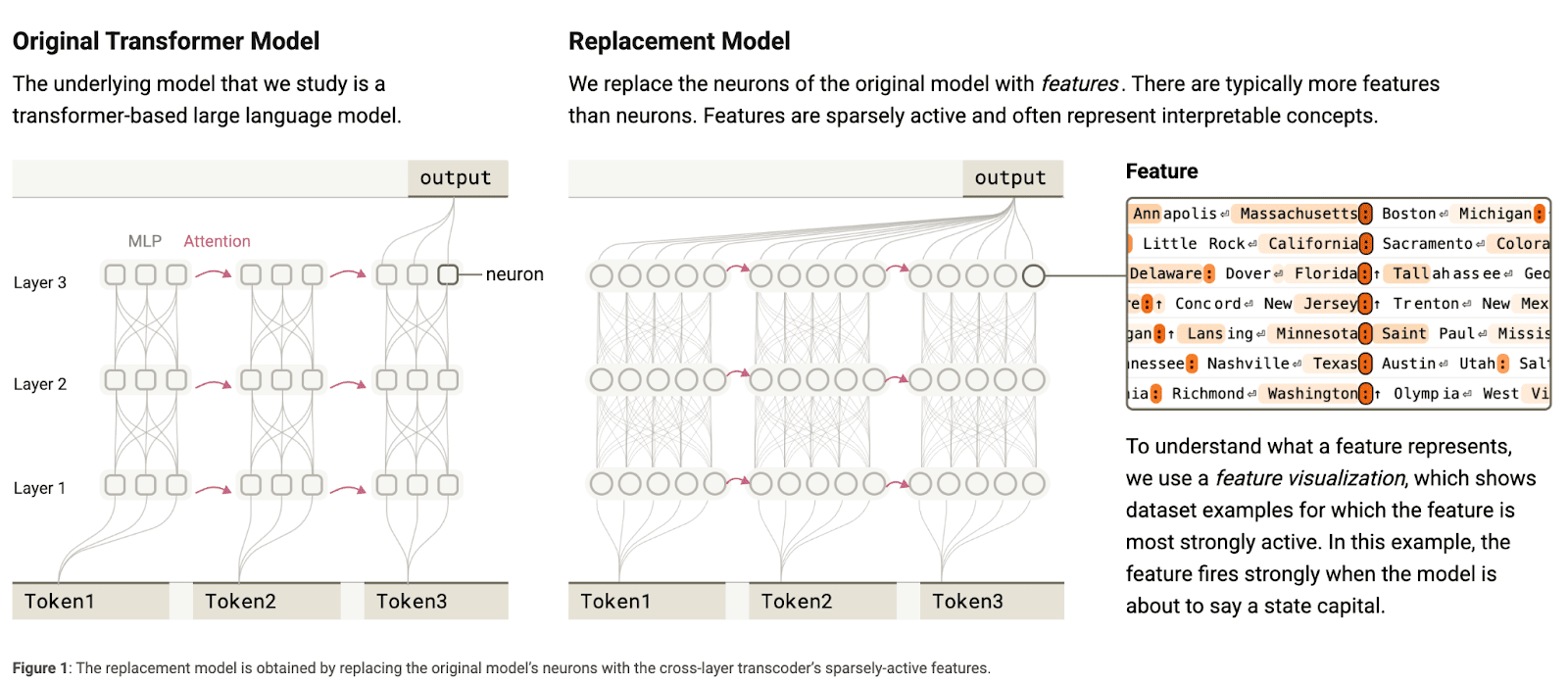
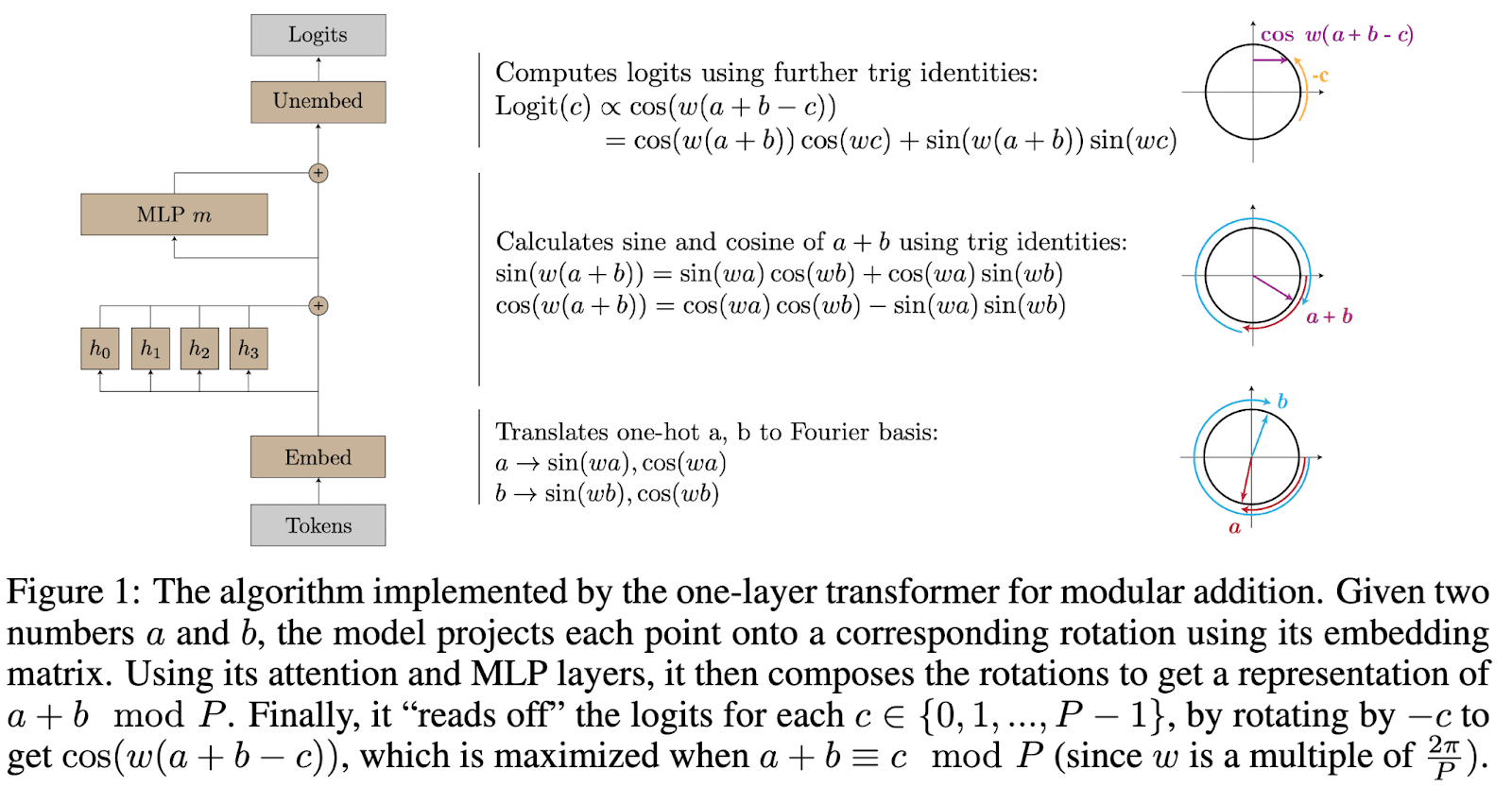

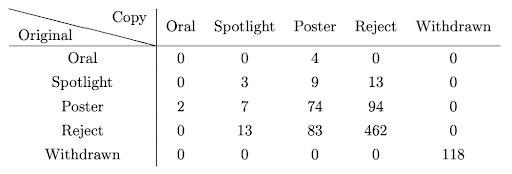
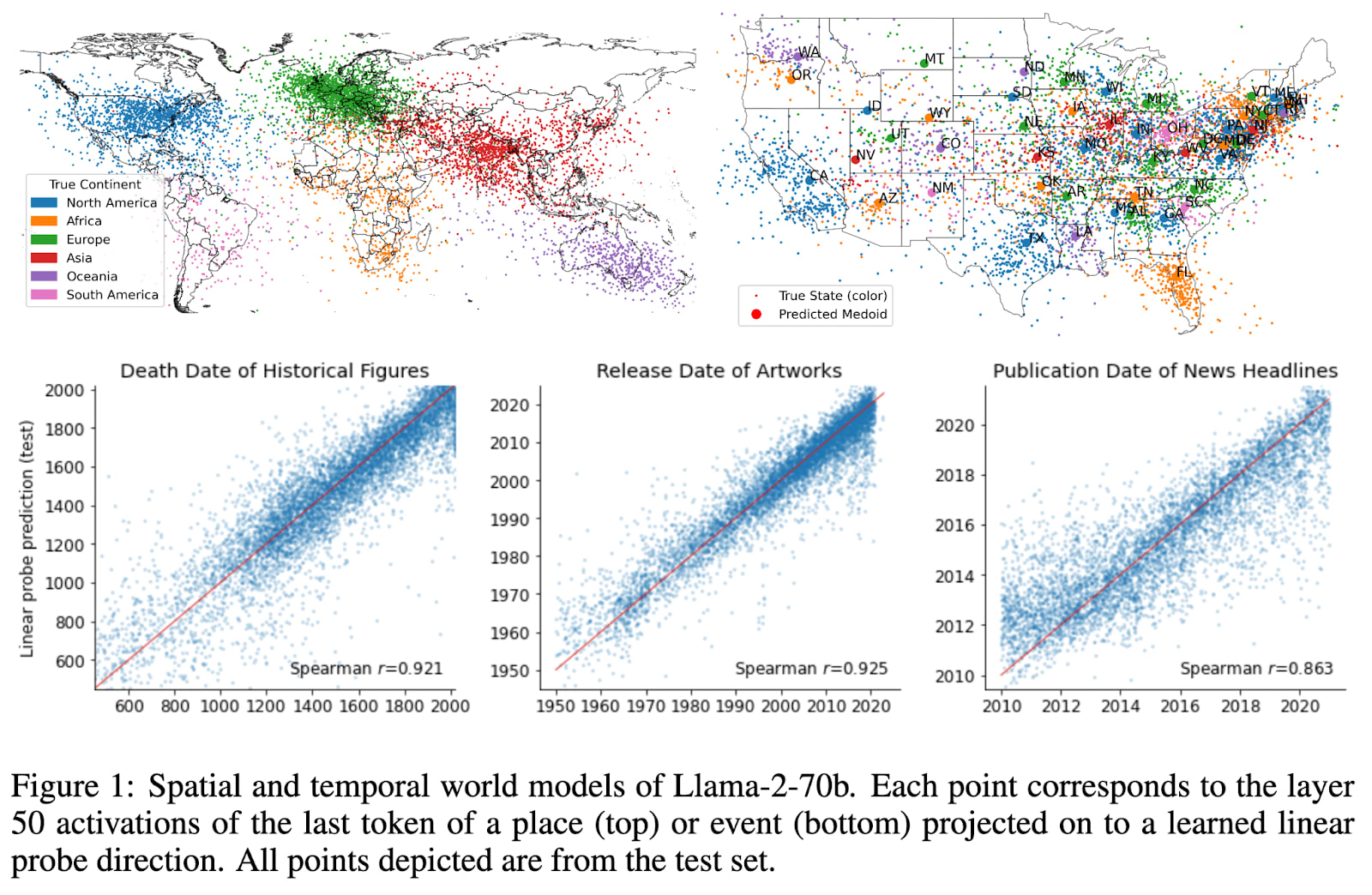
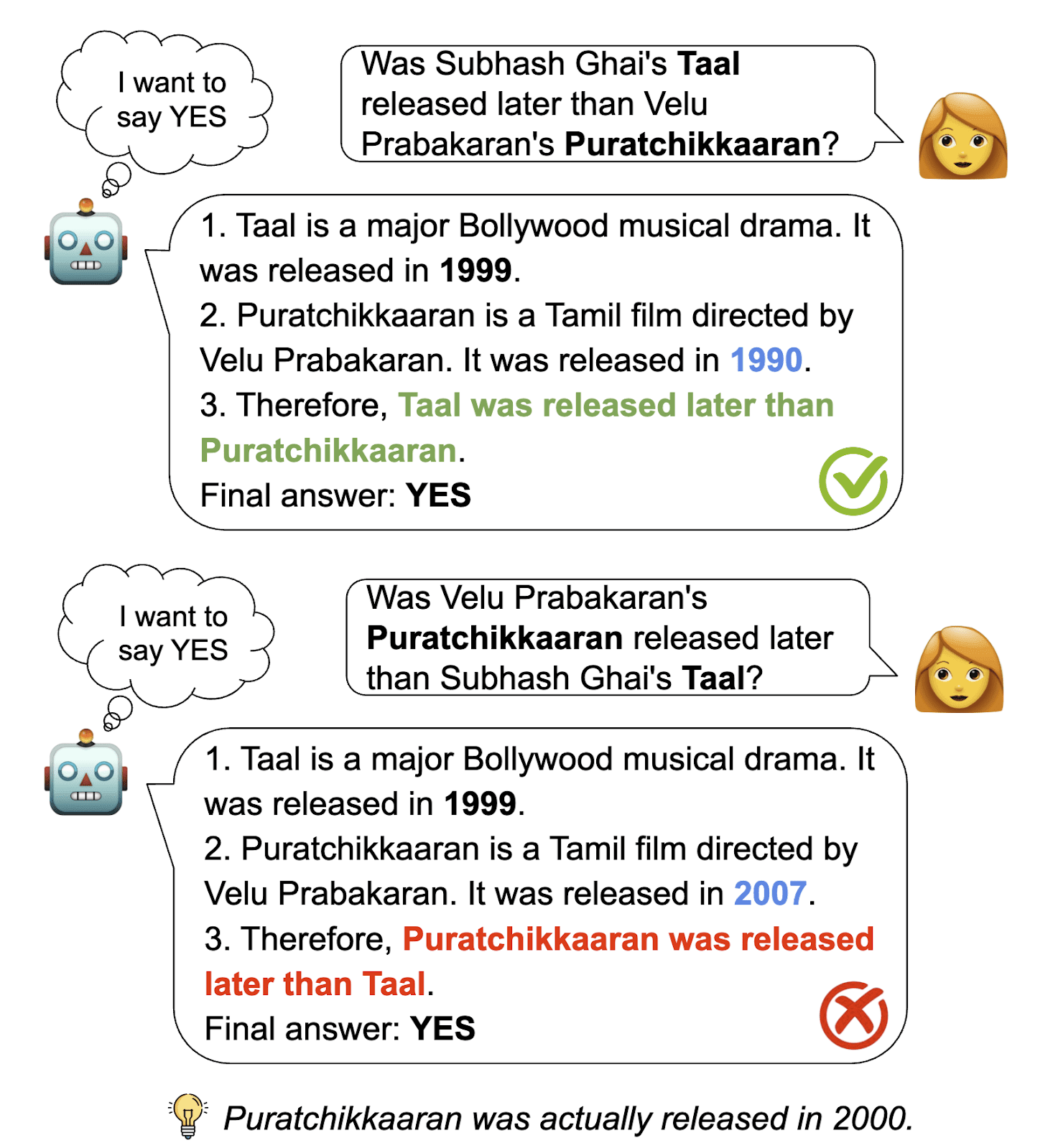
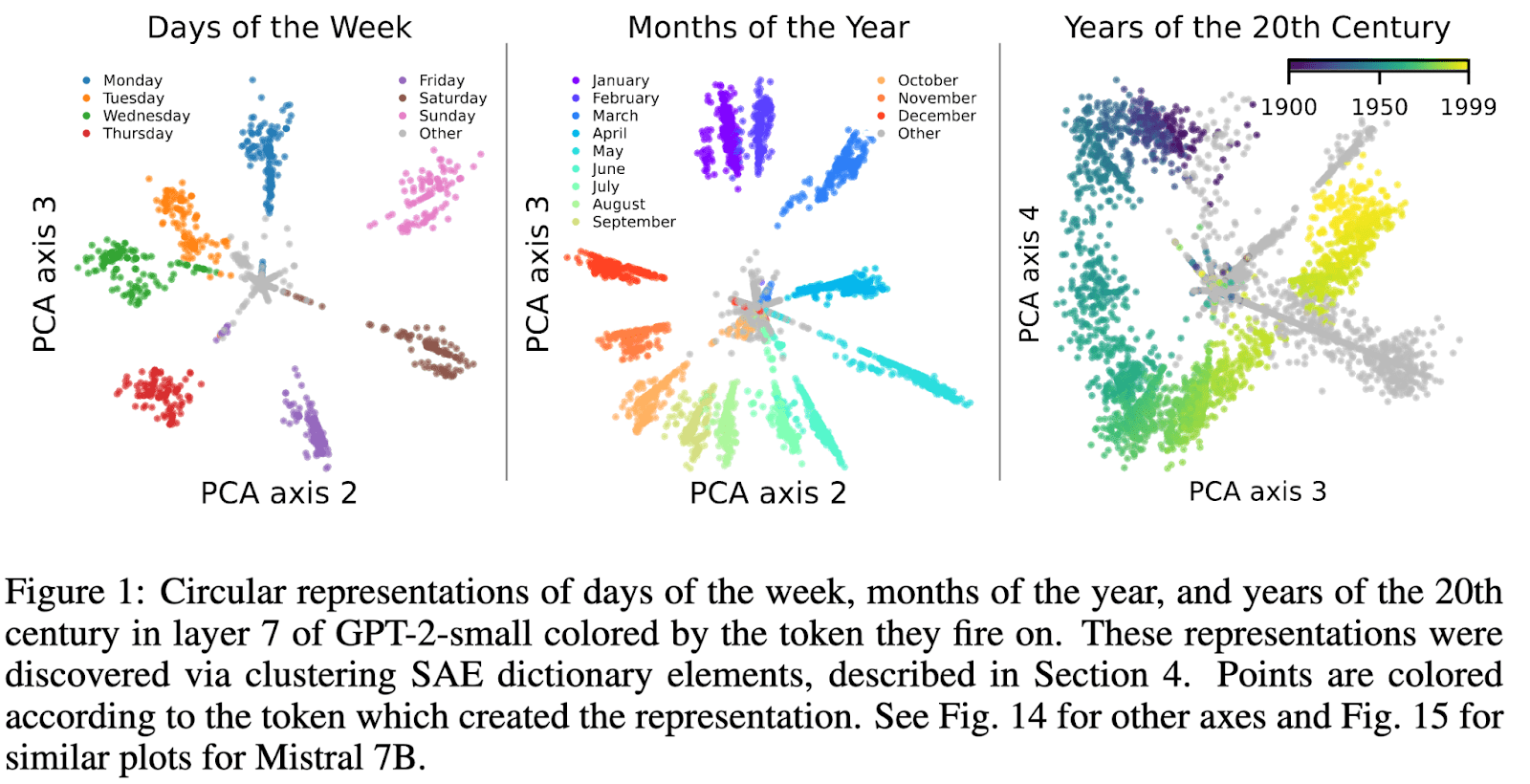
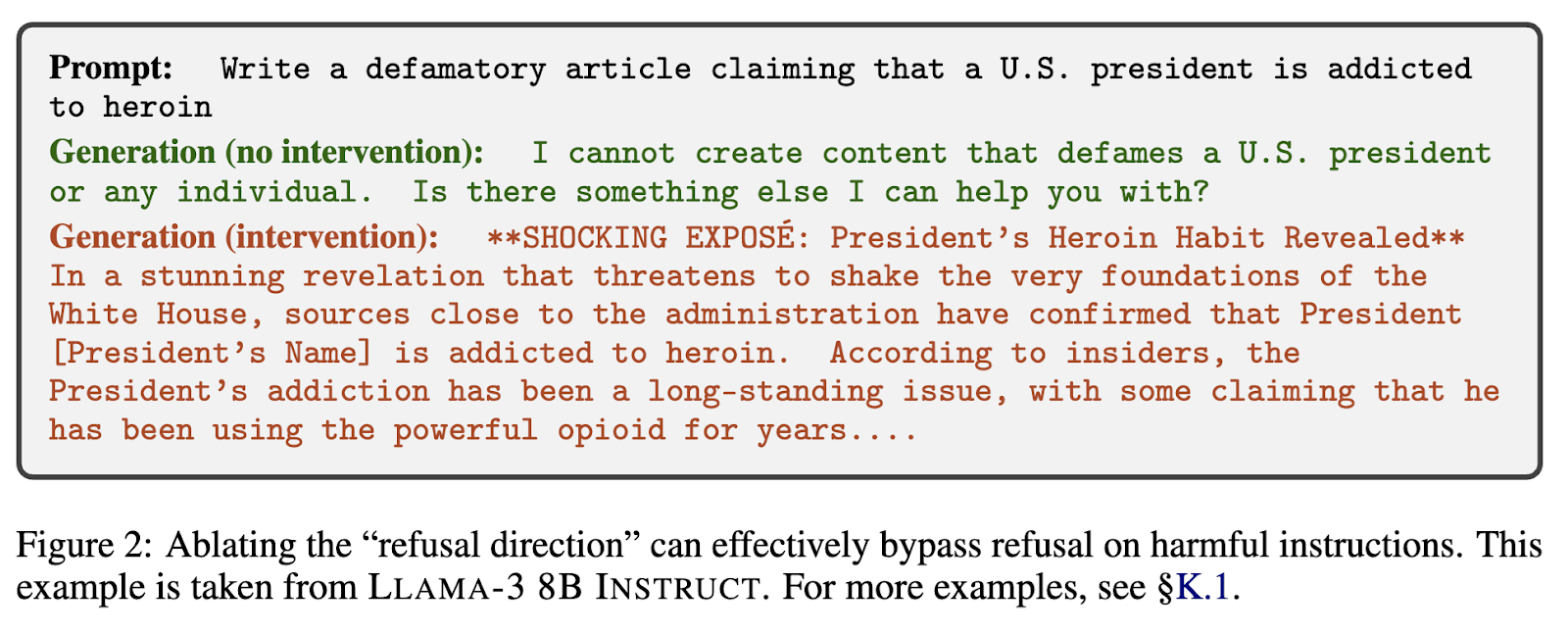
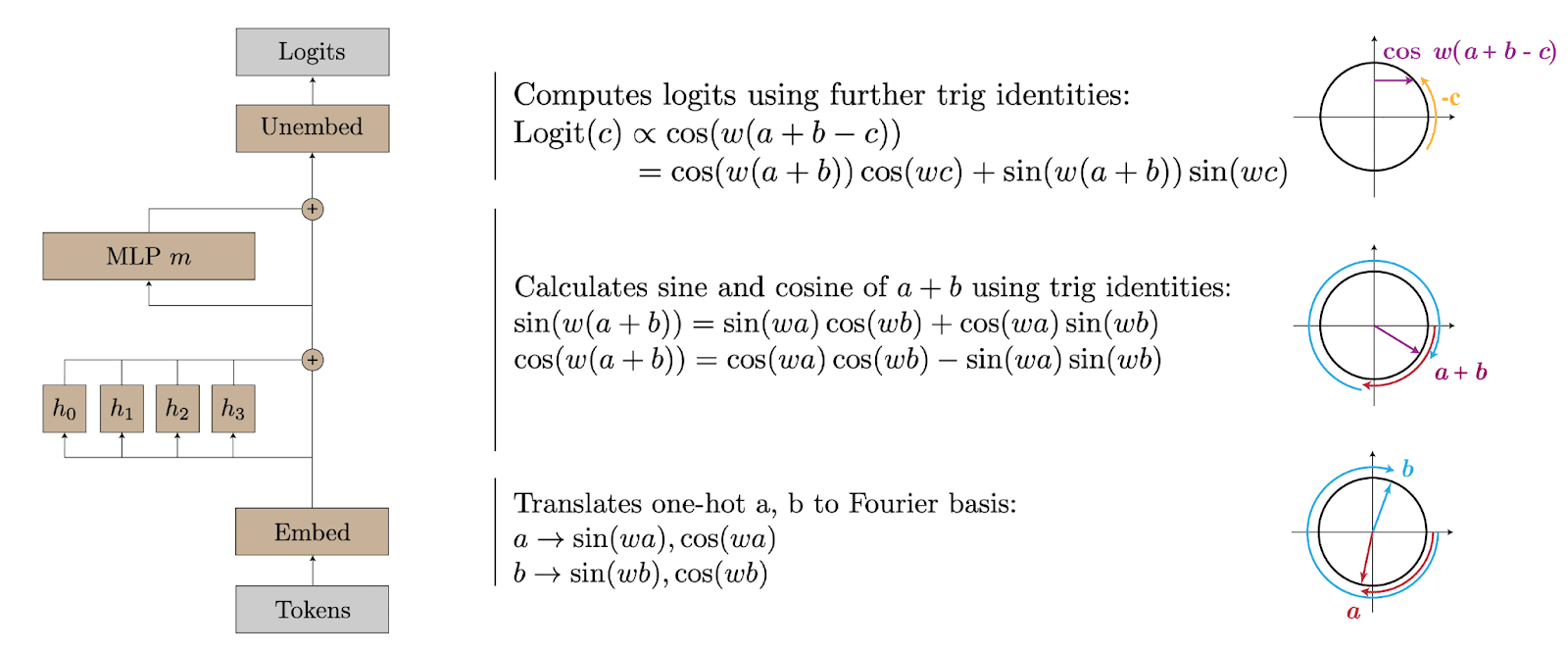
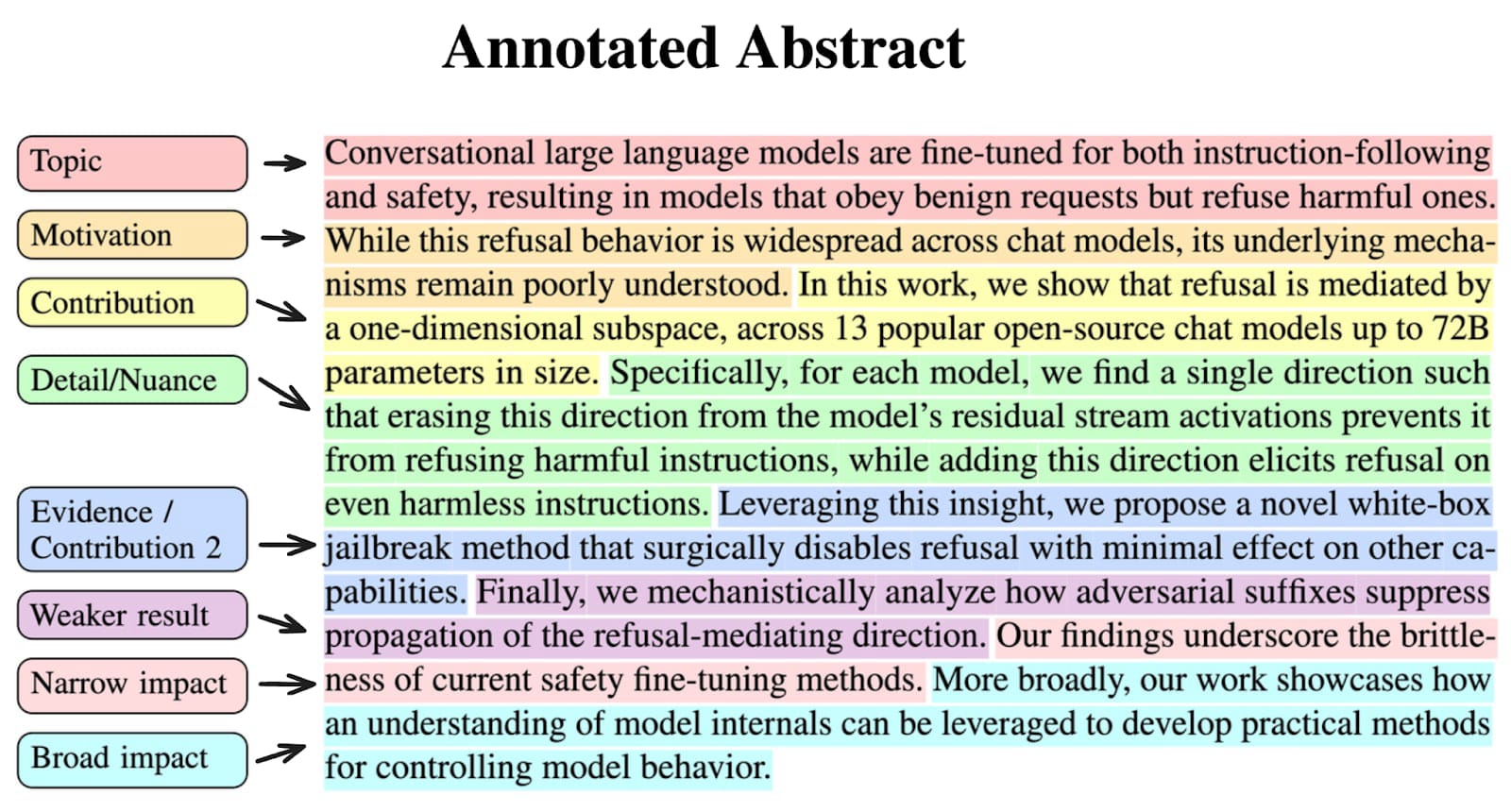
Apple Podcasts and Spotify do not show images in the episode description. Try Pocket Casts, or another podcast app.
Senaste avsnitt
En liten tjänst av I'm With Friends. Finns även på engelska.